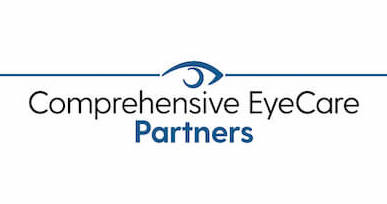
January is Glaucoma Awareness Month. While most people have heard of glaucoma, few realize how common it is, especially in older adults.
Glaucoma is one of the leading causes of blindness in patients 60 and older. But having glaucoma doesn’t always mean you’ll go blind. But to prevent vision loss, you need to be aware of your risk.
Part of this involves having regular eye exams to spot the disease as early as possible. Keep reading to learn more about glaucoma!
What Is Glaucoma?
Glaucoma is a collection of diseases that damage the optic nerve. This usually occurs as a result of increased intraocular pressure (eye pressure).
The optic nerve is a key part of the eye that’s responsible for transmitting visual information from the eye to the brain. When the optic nerve becomes damaged, you lose part of your visual field. There are several types of glaucoma:
Open-Angle Glaucoma
Open-angle glaucoma is the most common kind of glaucoma. It happens when the drainage channels in the eye are open but the trabecular meshwork, the tissue surrounding the base of the cornea which should be permeable, is blocked.
This causes a buildup of fluids and intraocular pressure. This kind of glaucoma is usually painless and only shows visual symptoms once the optic nerve has already undergone damage.
Closed-Angle Glaucoma
Closed-angle glaucoma is a rarer form of glaucoma and can occur suddenly. This form of glaucoma manifests when the iris blocks the drainage channel between it and the cornea.
The fluid and pressure buildup can be fast, as is the case for acute angle-closure glaucoma. Acute angle-closure glaucoma requires immediate treatment.
The symptoms of an acute closure include severe headache, nausea, and eye pain. If you experience these symptoms, get to your ophthalmologist (eye doctor) or an emergency room right away.
Normal-Tension Glaucoma
Normal-tension glaucoma occurs when ocular pressure is normal but the optic nerve is still damaged. This kind of glaucoma is why it’s important for doctors to examine the optic nerve with imaging and by measuring intraocular pressure.
Risk Factors
There are a few factors that can put you at higher risk for glaucoma, including:
- Being over 60
- Being of African American, Asian, or Hispanic descent
- Having a family history of glaucoma
- Having diabetes
- Having hypertension
- Being severely farsighted or nearsighted
- Taking corticosteroids
If you have any of these risk factors, it’s important to have regular eye exams. By the time you’re 60, you should be having eye exams at least every year.
Whatever your risk, be sure to talk to your eye doctor about your risk and how often they recommend check-ups.
Treatment
If you’re diagnosed with glaucoma, you have several treatment options. There is no cure for glaucoma but it can be effectively managed to prevent vision loss.
The most common and least invasive form of treatment is using eye drops that lower your intraocular pressure. But there are several surgical options as well. These include:
Laser Trabeculoplasty
Laser trabeculoplasty is a minor procedure that uses a laser to open up blocked channels in the trabecular meshwork present in open-angle glaucoma.
Trabeculectomy
A trabeculectomy is a procedure also used to treat open-angle glaucoma by removing part of your trabecular meshwork.
Minimally Invasive Glaucoma Surgery (MIGS)
Minimally Invasive Glaucoma Surgery, or MIGS, is a procedure that lowers your intraocular pressure. This is possible by using a tiny device to drain fluid in the eye. MIGS is often recommended as the lowest-risk procedure with the quickest recovery time.
Concerned about glaucoma or your ocular health? Schedule an appointment at Shepherd Eye Center in Henderson, NV now!


